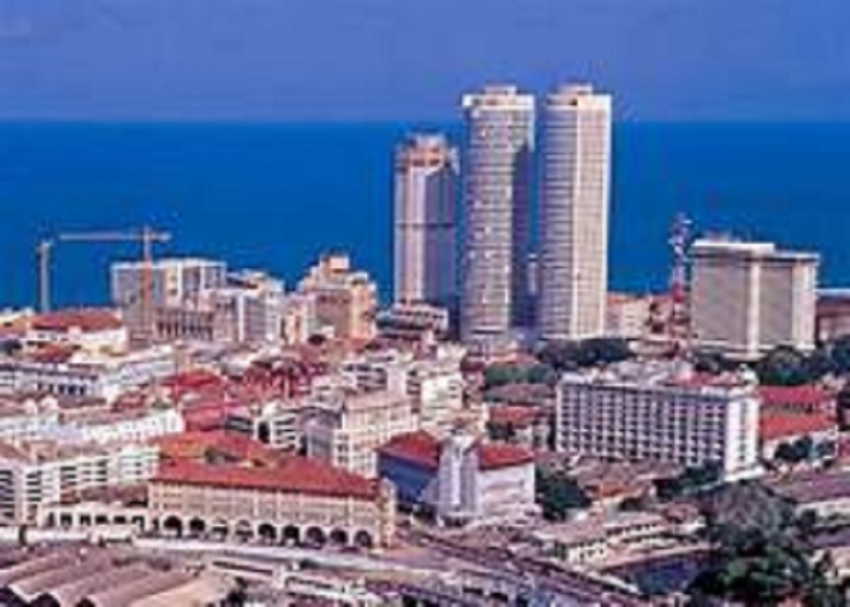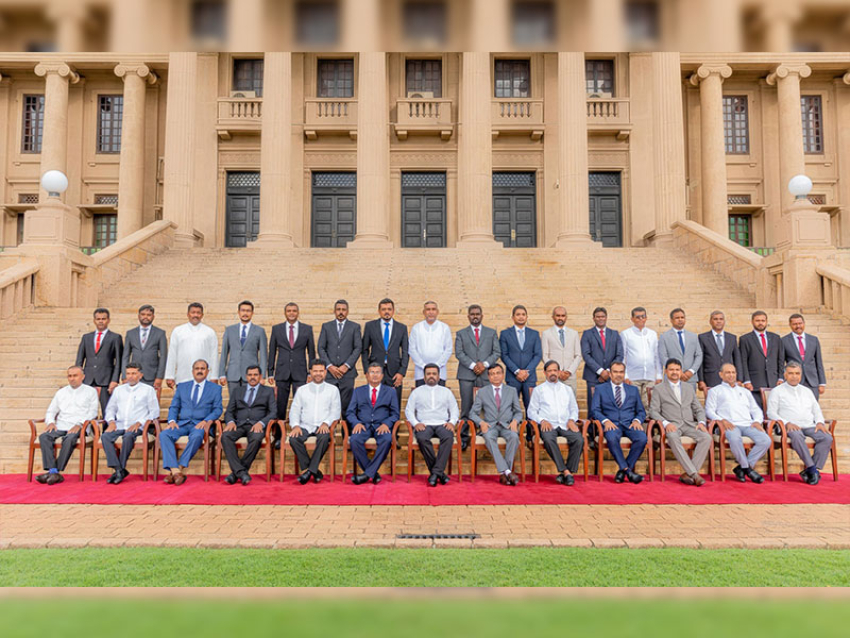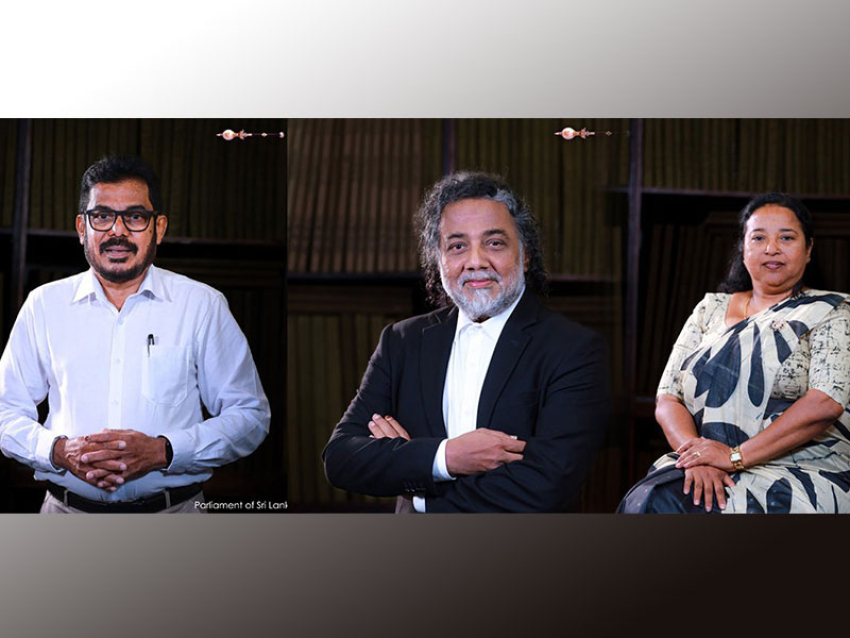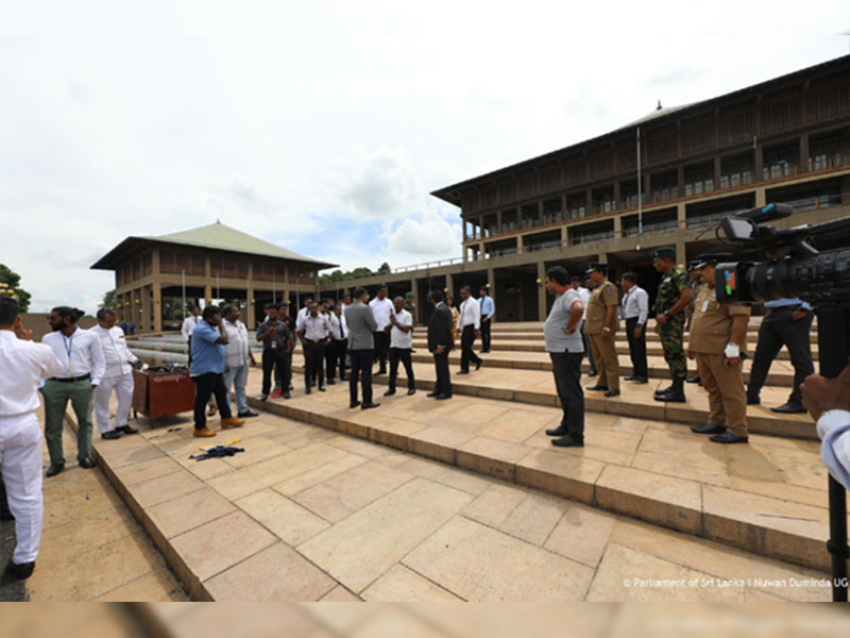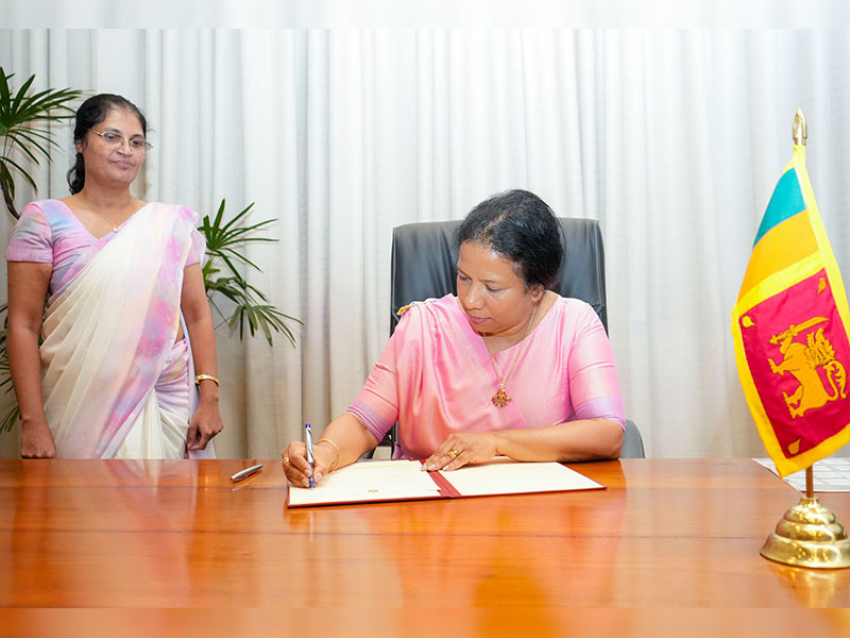This is much higher than the statistical data from the last census in 2012, and the population estimated to reside within the Municipal boundaries (1.47 million) in 2017. The difference is due to what is termed as ‘urban sprawl.’ Most of the urban development had taken place on the fringes, just outside the official Municipal boundaries, and, therefore, is not captured in official records, the report points out.
Recommendations
‘This report is a significant step in helping improve the understanding of our cities. It will assist policy makers and planners to identify critical projects and policies that can be implemented to help Sri Lanka to grow as a nation’
The report also draws attention to the need to develop a national and sub-national urban strategy and investment plan. It shows the importance of ongoing research calling for establishing and funding national collaborative hubs and networked Research and Development Institutes in universities and linked government agencies and institutions, business and civil society.
To enhance local enabling environments, inclusiveness and gender mainstreaming and to streamline, integrate and optimise the delivery of essential urban services to support the development of competitive urban and rural economies, it proposes reforms in the dual governance structures in urban areas. Lastly, it reiterates the importance of improved connectivity between cities and their hinterlands, through building hard and soft infrastructure, logistics, knowledge networks, enhanced access to supply and value chains, alliances, and inter-government arrangements.
Key outputs
The report and a website allowing public access to the data was launched at the Bandaranaike Centre for International Studies recently. They were one of the key outputs of the State of Sri Lankan Cities Project (SSLCP), implemented by UN-Habitat in collaboration with the Ministry of Provincial Councils, Local Government and Sports.
The other outputs of the project were the assessment of nine provincial capitals in Sri Lanka to provide improved data; and strengthening the institutional mechanism and capacity for sustainable urban planning, monitoring and management. The Sri Lanka Institute of Local Governance (SLILG) and the Local Authorities of the nine provincial capitals are the other implementing collaborators of the project. It is funded by the Australian Government.
Significant step
“This report is a significant step in helping improve the understanding of our cities. It will assist policy makers and planners to identify critical projects and policies that can be implemented to help Sri Lanka to grow as a nation,” said Dr. Chanaka Talpahewa, UN-Habitat Country Programme Manager.
City planning is not a new concept to Sri Lanka. King Pandukabhaya who reigned in Anuradhapura was renowned for his city planning. However, modern City Planning in the country faces more challenges such as population density, climate change, economic instability, social inequality, migration and resource scarcity compounded by poor urban planning, ineffective regulations and monitoring mechanism and low capacity of local authorities. It is important to understand the current state of the cities if they are to meet these challenges and to become sustainable.
Raw data is collected but lay scattered in various agencies and was not updated regularly and this needed a solution. The report presents a comprehensive analysis related to urbanisation in the country focusing on the nine provincial capitals, and the data base will ensure, continuous dissemination of current data.
Greener, cleaner and safer
United Nations Resident Coordinator in Colombo, Hanaa Singer said that the report offers a fantastic roadmap for more sustainable and resilient cities in Sri Lanka. “How our cities will develop will have significant implications for our next generation. I welcome your commitment to foster greener, cleaner, safer and more inclusive cities. With the right approach, urbanisation can also address inequality, economic stagnation, climate change and disasters. One of the major concerns is to ensure that cities are resilient in the face of climate change.”
Colombo’s change within the past two decades is “impressive,” said Singer. However, the country is still regarded as an ‘unchanging rural society’ with an 18.2 percent Urban population, according to the census in 2012. But, the report findings are contrary and rapid urbanisation had taken place on the peripheries. Much of the growth had occurred outside municipal boundaries. Therefore, it is hidden from population statistics. Sri Lanka’s cities are much larger than what the population data suggests.
She also stressed the need for Sri Lanka to be prepared for future climate change. The Global Climate Index places Sri Lanka within the first four in its ratings in terms of countries most affected by climate change in the year 2017. Though rapid urbanisation could contribute to increased risks from natural and man-made disasters, it does not have to be so. The answer is to build cities resilient to storms, floods, earthquakes, fires, pandemic and economic crisis.
Unplanned urbanisation
Australia’s High Commissioner to Sri Lanka, Bryce Hutchesson, said that 70 percent of the global population are estimated to be city dwellers by 2050. Most of this urbanisation will be in the Asian continent. Unplanned urbanisation poses considerable risks such as the destruction of public and national heritage and rising rates of poverty within cities. The solution is proper planning. The book is an excellent source for policy planners for evidence based urban planning.
A panel discussion on the report was held after the launch with the participation of Eastern Province Chief Secretary,D.M.S. Abeygunawardena, Emeritus Professor of Demography, Prof. Indralal de Silva, Surveyor General, P.M.P. Udayakantha, Director General (DG), National Physical Planning Department; Dr. Jagath Munasinghe, DG, Department of Census and Statistics; Ms. Indu Bandara and Chief Technical Advisor, Sub National Governance Programme of the Asia Foundation, A. Subakaran as panelists. The panel discussion was chaired by First Secretary- Development Cooperation Sri Lanka and Maldives of the Australian High Commission Tom Davis.
Forty-two percent urban
At the panel discussion following the report, DG, Census and Statistics Indu Bandara confirmed that rapid urbanisation had taken place in the country. The ‘urban’ population in the 2012 census was the population living within the municipal boundaries, she said. However, the Department had later carried out research using 20 urbanisation criteria such as population density, access to facilities and amenities and social factors. Explaining the results Bandara said, “From the study we found out that Sri Lanka’s urban population is about 42 percent.” She also requested the authorities, the Ministry of Local Government, to speed up the execution of the demarcation of new municipal boundaries according to spatial data as it is imperative to provide an accurate picture of the country’s urbanisation.
The time is ripe she said, as the country is readying for the next census in 2022, “This is the best time to re-define urban areas.”
It was an event well attended by senior officials of the Ministry of Local Government and Line Ministries, representatives of Provincial Councils, Local Authorities, Civil Society Organisations, academia, development sector organisations and UN agencies.

